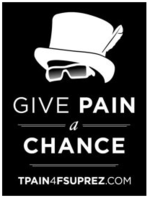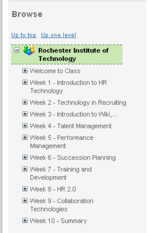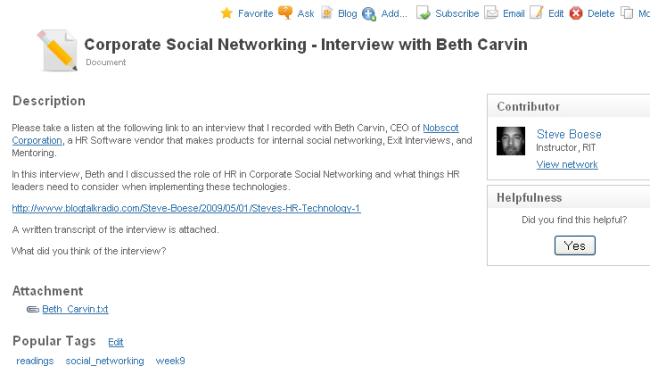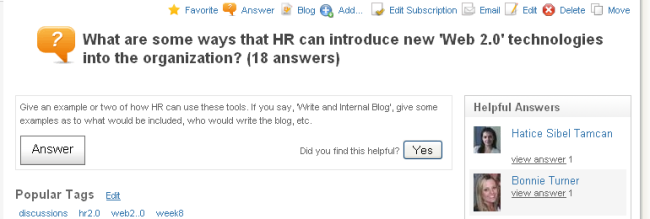Ultimate Team Rankings - HR Style
Every year ESPN ranks the franchises in the four major United States professional sports leagues, (NFL, MLB, NBA, and NHL) according to how much the franchises Gives back to the fans in exchange for all the time, money and emotion the fans invest in them.'
You can see the results here - ESPN Ultimate Team Rankings, (the Los Angeles Angels of MLB led the rankings). 
To me what is most interesting about these rankings is the criteria that are used:
Bang For The Buck : Wins during the past three years (regular season plus postseason) per revenues directly from fans, adjusted for league schedules.
Fan Relations : Openness and consideration toward fans by players, coaches and management.
Ownership : Honesty and loyalty to core players and local community.
Affordability : Price of tickets, parking and concessions.
Stadium Experience : Quality of arena and game-day promotions as well as friendliness of environment.
Players : Effort on the field and likability off it.
Coaching : Strength of on-field leadership.
Title Track : Championships already won or expected in the lifetime of current fans
What if you, as a Human Resources professional, applied those same criteria to your organization? Instead 'fans' think about the categories as they relate to your employees and candidates.
Bang For The Buck : Pretty simple, revenues per employee. A standard HR metric, but are you consistently measuring it? And not just in total, but also in the context of initiatives like downsizing, merging, or expanding. In your recruiting efforts are you carefully evaluating the cost and return of your ATS, job board advertsing, specialty advertising, etc. If have dived in to the world of 'social recruiting' do you have any idea how it is paying off?
Fan Relations : Openness and consideration toward fans employees by executives and management.
Are you truly an 'open' organization? Your executives may claim they have an open door to employees but do the employees truly believe that is the case? What steps have you taken to demonstrate open communication and consideration towards employees, particularly if your organization has gone through reductions in force, or will be doing so soon?
Ownership : Honesty and loyalty to core players employees and local community.
Do the company owners make it a priority to give back to the community? Do you have some kind of company sponsored volunteer day, giving employees time off in exchange for volunteer activities? Does ownership do more than just claim to be community minded?
Affordability : Price of tickets, parking and concessions total compensation awarded to employees.
Let's spin this one to your overall compensation package. I know these last two years have been brutal for comp budgets, but even still your organization's compensation package needs to be competitive to continue to engage and retain the best of your employees. Even in a recession, these employees could jump. If as in the case of many organizations, and the cash element of your total compensation is still under downward pressure, are you enhancing or emphasizing other elements of the total package that are of benefit to the staff?
Stadium Experience : Quality of arena facilities and game work day promotions conditions as well as friendliness of environment.
Take a honest look around your offices and facilities. Are they the best you can make them? When employees drive up to the facility what is the first thing they see? Make sure the grounds are kept up, the parking lots well-lighted and please don't allow the clan of smokers to huddle around the main entrance.
Inside, start with the simple, low-cost elements. Are the bathrooms and kitchen or break areas super-clean? Make sure folks have easy access to a refrigerator and freezer, and keep the coffee high quality and as low cost to the staff as possible.
Players : Effort on the field and likability off it.
I will spin this one a bit, more toward the employment brand and the image that the company has in the local, national, or global community. What are your employees saying about the company both in internal communications and forums, and externally on blogs and social networks. How about candidates and their experience and view of your organization? All these elements play into the idea of 'likability', which is not usually thought about as an organizational feature.
Coaching : Strength of on-field leadership.
This certainly is a awkward one for HR, the frank assessment of the organization's leadership, but certainly a necessary component for a high functioning organization. HR can take the lead in identifying gaps in leadership capabilities and implement strategies to address these issues. Doing right by employees often means ensuring company leadership is truly able to carry out the company's strategic objectives. Succession planning programs also play strongly into HR's ability to support and improve the ongoing leadership capabilities of the organization.
Title Track : Championships already won or expected in the lifetime of current fans employees
Are you a market leader in your industry/region/niche? Have you been recognized as a 'great place to work' or a 'Top Employer' by any national or local organizations? What do the employees think about the short and long term prospects for success? Are the companies best days behind you, (like the Cleveland Browns, or New York Knicks). This is critical in sports, as we often see many excellent and experienced players that have their pick of teams to play for choosing the ones that are perceived to be championship contenders. Simply stated, the best want to play with the best, and position themselves for success. Do you have the kind of environment that attracts the best talent available? And if not, what can you do in HR to try and reverse the tide and get back on top?
FYI - The team that came out on the bottom of the ESPN Ultimate Team Rankings was the Los Angeles  Clippers of the NBA. Sort of amusing that the best and worst team in the ratings play in the same city. Perhaps the HR department of the Clippers can try and initiate some executive exchange or cross-organizational meetings to try and learn a few things from the Angels.
Clippers of the NBA. Sort of amusing that the best and worst team in the ratings play in the same city. Perhaps the HR department of the Clippers can try and initiate some executive exchange or cross-organizational meetings to try and learn a few things from the Angels.
So what do you think? Is your organization is more like the top teams in the survey like the Angels, Pittsburgh Steelers or Detroit Red Wings? Or sometimes do you feel more like the Clippers, Detroit Lions, or Cincinnati Bengals? The kind of teams the general public associates with losing, scandal, and inept management.
If you liked this article (and you must have if you have hung this long), be sure to check out the August 28, 2009 HR Happy Hour Show - 'Sports and HR'. We will be taking sports, HR, and where the two worlds collide.
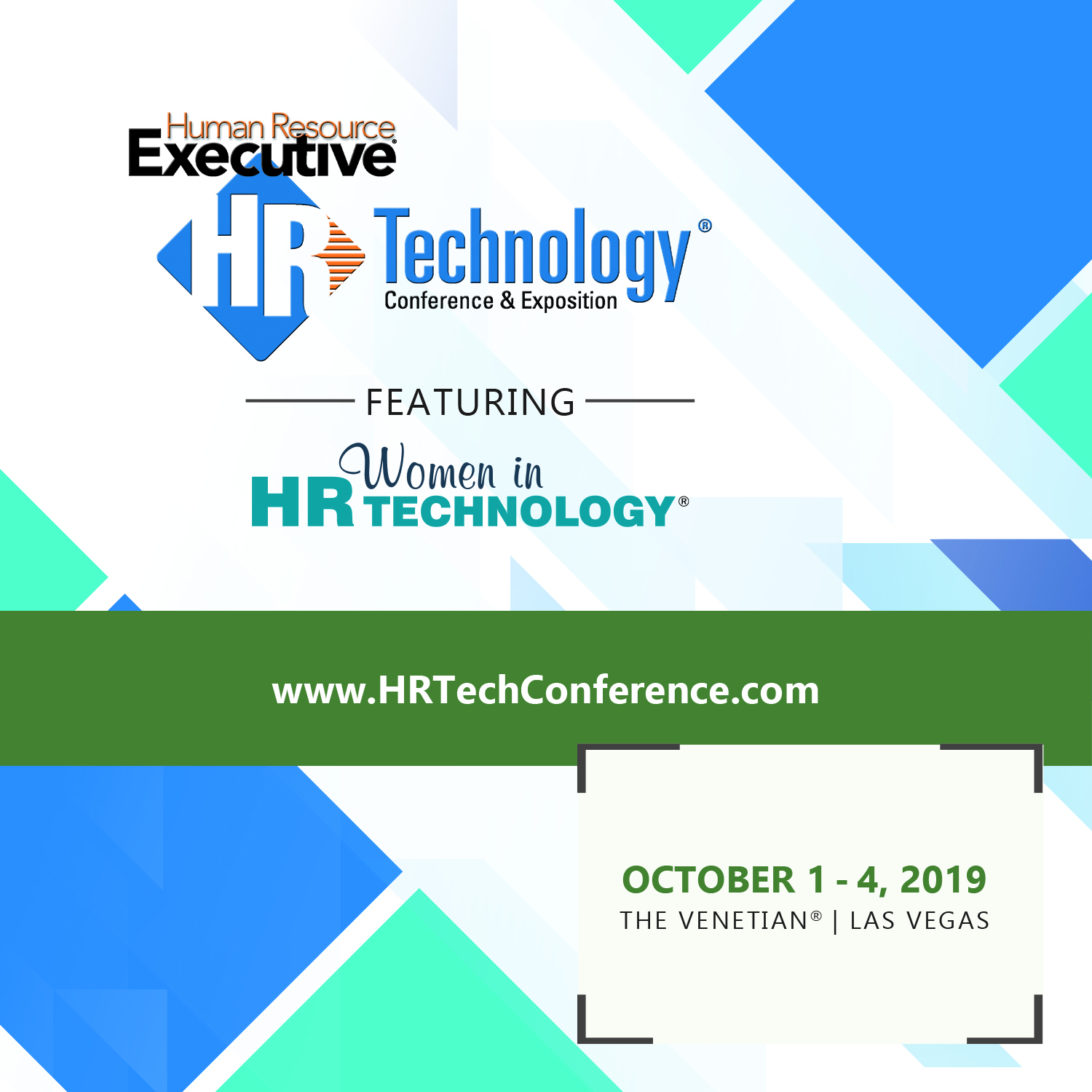
 Steve
Steve


